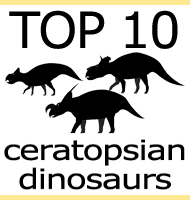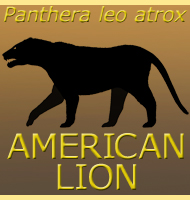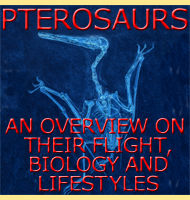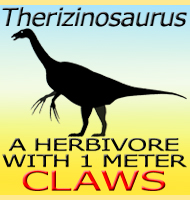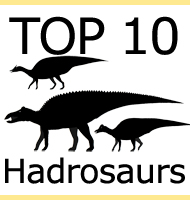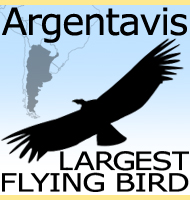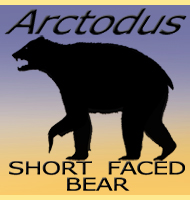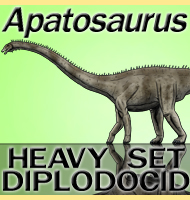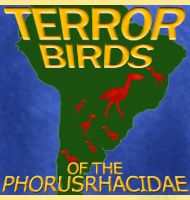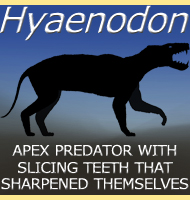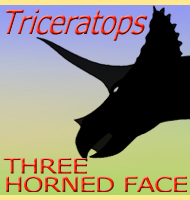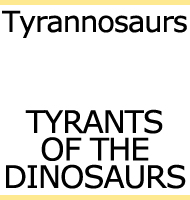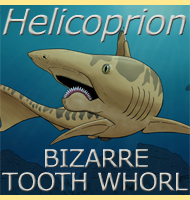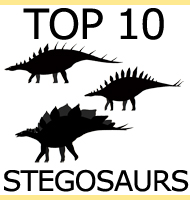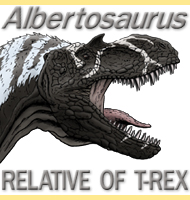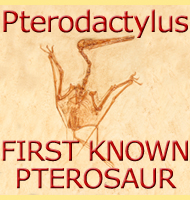


TOP 10 ICONIC
PLEISTOCENE MEGAFAUNA
Megafauna is a term usually applied to the large animals that lived
within the last few tens of thousands of years which are unfortunately
no longer with us. Here we will look at ten animals that truly define
this period in history, but don’t forget, if you to read much more
in depth information about these animals, then just click on their
names.10 - Diprotodon
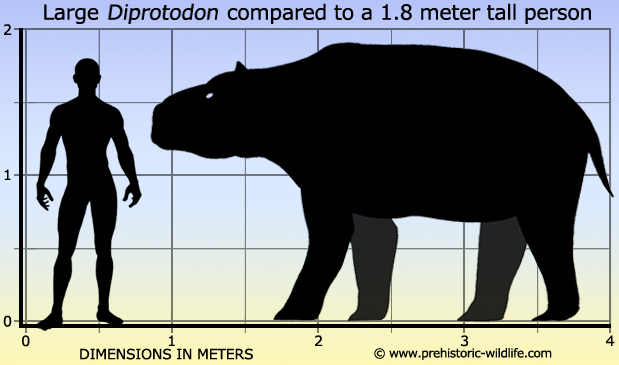
Starting
out with a visit to Australia, Diprotodon was
basically like a
wombat, but much, much bigger. Larger Diprotodon
are known to
have easily reached sizes of three meters long, and this extreme
growth may have been an attempt to survive the large predators of the
Australian outback during the Pleistocene, which included chisel
toothed marsupials like Thylacoleo,
terrestrial crocodiles
like
Quinkana
and giant monitor lizards like Varanus
priscus/Megalania.
Diprotodon
seemed to have wandered about in search for fresh feeding grounds.
Evidence for this comes from Lake Callobonna in Australia where
numerous individuals of Diprotodon have been
found. Tens of thousands
of years ago there seems to have been extensive mud flats left behind
by a lake that seasonally dried up when the rains stopped. As the
water evaporated a salty crust was left on top of the mud which kept it
soft and left
the false impression that the ground was solid underneath. Here many
Diprotodon crossing over the salt flats ended up
breaking through the
crust from their larges weights and getting their feet stuck in the mud
underneath, trapping them until they died. Ultimately however,
Diprotodon seem to have been killed off as a result
of hunting and
fire stick farming by the first human settlers, dying out within a
few thousand years of their arrival.
9 - Moa
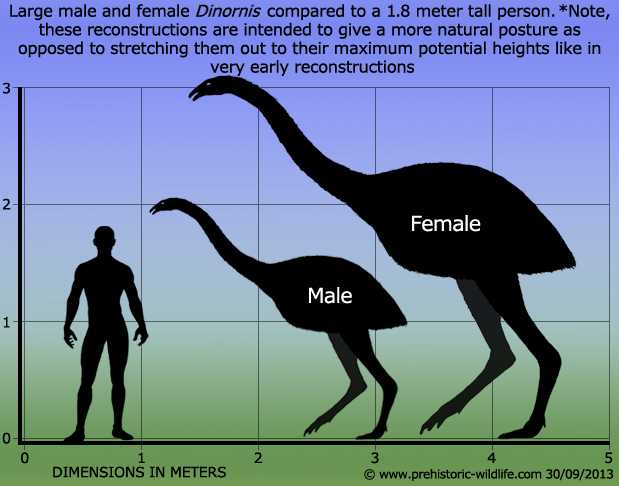
A
little way to the east of Australia, and New Zealand was a land
dominated by birds. The most famous of these were the moa birds,
large flightless birds that roamed around the forests of New Zealand
foraging for food. Out of all the moa birds, Dinornis
is the
largest known genus, and a surprisingly little known fact about
Dinornis is that the female of the species was
double the size of the
male. Moa birds are classed as being secondarily flightless because
it is certain that they would be descended from birds that were capable
of flight, however the exact lineage and transition from a specific
flight capable ancestor to the flightless moa of a few thousand years
ago are not currently known.
With
the exception of possibly a few small rodent like mammals, moa birds
were not at risk from predators on the ground, which may be why they
developed an entirely cursorial (ground living) form of life.
There was however another bird in New Zealand called Harpagornis
moorei, better known as the Haast’s Eagle, and
this bird seems to
have been a dedicated moa killer. So specialised was the Haast’s
Eagle, that it did not disappear until the moa did. The moa birds
ultimately seemed to have suffered the same fate as Diprotodon
above,
with their numbers declining in relation to the arrival of the first
human settlers who would become the Maori of New Zealand. Hunting and
habitat change brought about by the Maori as well as the arrival of
rats (which would plunder nests) as well as loose dogs called
kuri
brought there by the first people meant too much change and
predators for the moa to survive.
Even
in modern times sightings of moa birds in the deepest forests of New
Zealand are occasionally reported, but at the time of writing these
reports have unfortunately been unproven.
8 - Coelodonta (woolly rhino)
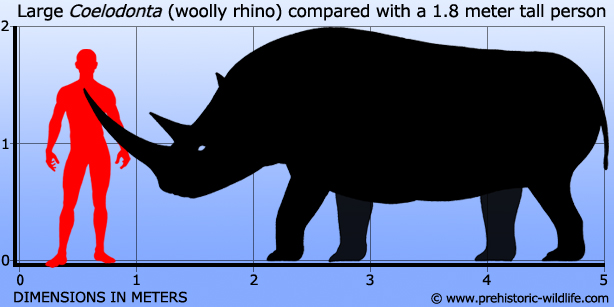
Coelodonta is a fine example of how animals that today are more commonly associated with Africa were once common and widespread as far as Northern Europe and South East Asia. Coelodonta was undoubtedly hairy because of the frequently cold conditions which meant a regular covering of snow and permafrost upon the ground. To this extent the horn of Coelodonta is formed in such a way that many have speculated that it might have been used to sweep off snow so that it could eat the grasses underneath.
7 - Megaloceros
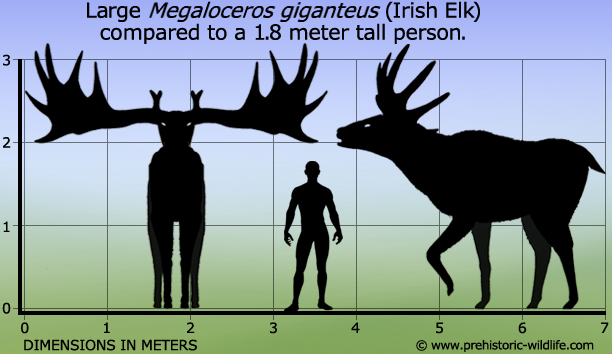
Megaloceros is a genus that has many species assigned to it, though it is usually Megaloceros giganteus, also known as the Irish Elk that gets all the attention. With antlers attaining spreads of three and a half meters or more, Megaloceros giganteus was also one of the largest deers to ever live. Megaloceros fossils have been found to be common in Western Europe, though the fossils of various species have been found as far away as China, indicating that as a genus Megaloceros was highly successful.
6 - Gigantopithecus
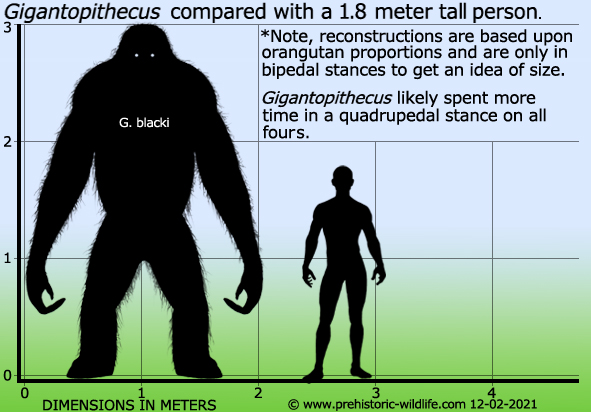
For what may be the largest ape to ever live, Gigantopithecus is frustratingly so far only known by teeth and mandibles (lower jaws). The reason why so few fossils of Gigantopithecus exist may be because Gigantopithecus are thought to have lived in the bamboo forests of South East Asia, areas that have high moisture, warm temperatures and loose leaf litter which means that bacteria and small scavengers are likely to destroy all but the toughest body parts such as teeth which have a covering of enamel which makes them particularly resilient to the effects of decay. Still, Gigantopithecus is a tantalising source of study, and just because better fossil remains are not currently known, does not mean to say that better ones will not be found in the future.
5 - Ursus spelaeus (Cave bear)
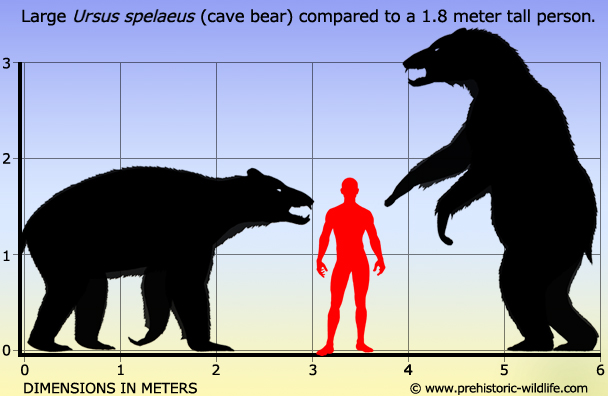
Ranging across Europe and down towards the Middle East, Ursus spelaeus is without doubt one of the quintessential megafauna animals. Caves in Europe have been found in some instances to quite literally contain the remains of thousands of bears indicating that caves were a regular haunt for these bears. This makes good sense as a cave would offer excellent cover and protection from the extreme cold of periodic ice ages. Unfortunately however caves were in high demand and not just by bears, as cave lions, cave hyaena and even Neanderthals would seeks these caves out for themselves, with clashes between them being a real factor in their survival. Despite the large size and ferocious appearance, isotopic analysis of Ursus spelaeus bones shows that they were almost certainly entirely herbivorous. Still you probably wouldn’t want to try and force one out of a cave.
4 - Canis dirus (Dire wolf)
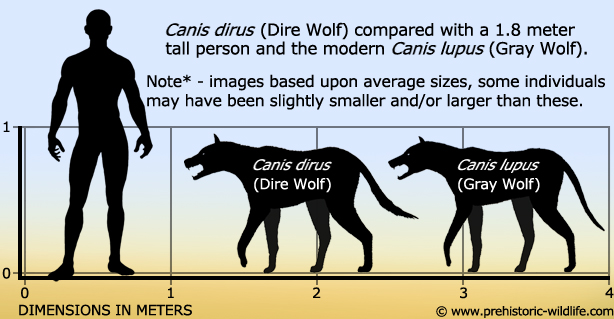
In terms of physical height and length, dire wolves were not that much different from a large modern day grey wolf (Canis lupus). However comparison of the skeleton of a dire wolf to a grey wolf reveals a clear difference between these two wolves: dire wolf skeletons are much more heavily built with attachments for larger and more powerful muscles. By this comparison, a dire wolf would be far stockier and stronger than a grey wolf, and much more easily capable of tackling larger animals of the day. Being stronger and tougher than grey wolves also meant that dire wolves were better able to compete with other predators in North America which included sabre-toothed cats and lions. However, it should also be remembered that dire wolves also existed at the same time as grey wolves. It may be that the disappearance of the other North American megafauna meant that dire wolves no longer had enough to eat, and given their more heavily built bodies, they would have needed a significantly higher calorie intake than their grey wolf cousins to survive.
3 - Megatherium
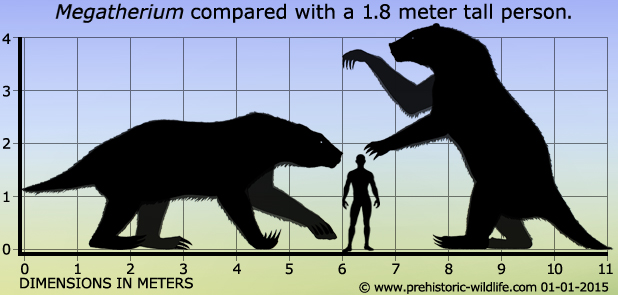
Easily one of the biggest mammals to ever live in South America, Megatherium is also one of if not the largest ground sloth (though Eremotherium is a close rival). As you can no doubt appreciate, Megatherium was far too large to go climbing through trees like a modern sloth, but easily capable of ripping down branches and even pushing over smaller trees to get at the foliage that was beyond the reach of other herbivores. Were that not enough, Megatherium was built like a tank, the bones were heavy and robust, large heavy claws for hooking around branches grew from the hands and feet, dense long shaggy fur covered the body and on top of that Megatherium even had bony armour called osteoderms growing in the skin that would easily blunt the teeth of any predator desperate enough to try and take a bite out it. With all these features, a fully frown Megatherium would have had no predators, it would simply be impervious to attack.
2 - Smilodon (sabre toothed cat/tiger)
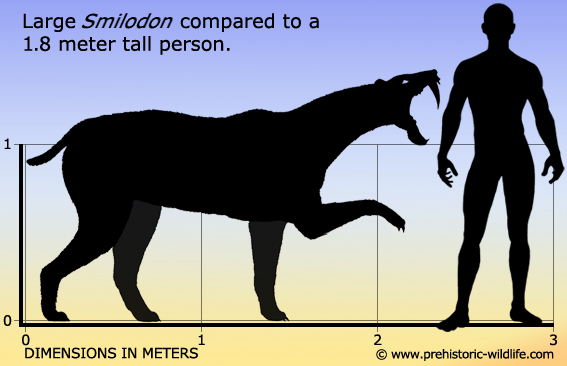
Smilodon
was not the only sabre toothed cat, but it is certainly the most
famous, and largest to boot when you consider the largest species
Smilodon populator. Smilodon
was also one of the
dominant predators
in not only North America, but later in South America too when these
two continents finally became permanently connected. To be
technical, Smilodon was not a tiger, the genus
is not even classed
as a felid which includes modern day big cats such as lions and true
tigers. Instead, Smilodon was what is termed a
machairodont,
a
member of the family which includes all genera of sabre toothed cats.
The
obvious features of Smilodon are the huge canine
teeth in the upper jaw
which are long and curved like the blade of a sabre (a type of
sword). These were the principal killing weapons of Smilodon,
though study into how they were used is a subject of strong debate
amongst palaeontologists. One fact about Smilodon
though is that
because the teeth were so large, the lower jaw needed to open much
further than in other cats, and Smilodon is known
to have been
capable of opening its mouth twice as far than what an African lion
(Panthera leo) is capable of.
1 - Mammuthus primigenius (woolly mammoth)
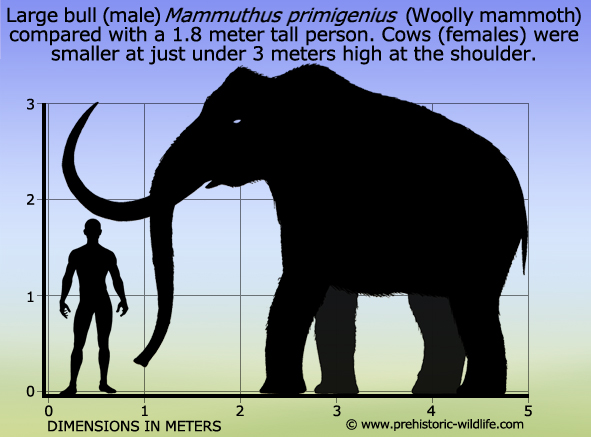
If
any one animal could above all others sum up the Pleistocene and early
Holocene and the periods of glaciations that made up the numerous ice
ages it would be the woolly mammoth. The woolly mammoth is
technically named as Mammuthus primigenius, and
is one of many
species that make up the Mammuthus genus, a very
successful group of
hairy elephants that ranged across Europe, Asia and North America.
The woolly mammoth is the most well-known of all these, though other
mammoths also had hair. The hair of the woolly mammoth was usually
dark red/brown, but a smaller number of them are known to have either
been a dark blonde or ginger in colour.
We
know this because unlike most of the animals on this list, the woolly
mammoth is actually known from soft tissue remains which include hair
and even flesh that has been frozen in the permafrost of some
locations, with some individuals being preserved complete. This has
allowed for modern sciences such as gene mapping to be done and
identify dominant and recessive genes that could lead to different
features and colours. There has also been a lot of research already
done into resurrecting the woolly mammoth through cloning. However,
while DNA has been sampled from frozen mammoths, the DNA sampled is
not enough to allow for the creation of a clone, or at least not by
current techniques. it remains to be seen what might be possible with
future developments.
----------------------------------------------------------------------------
Random favourites
 |
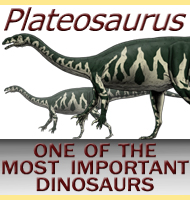 |
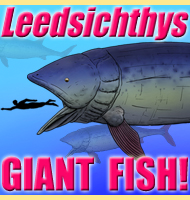 |
 |




